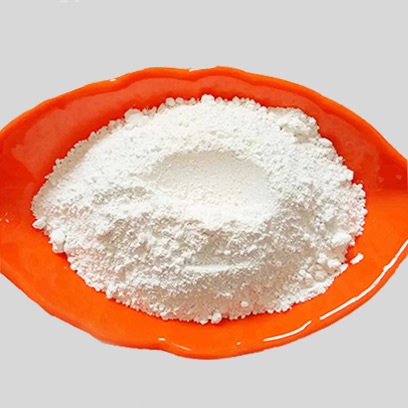
10 月 . 05, 2024 05:20 Back to list
Comparison of Anatase and Rutile in Titanium Dioxide Applications and Properties
Understanding Anatase and Rutile Two Forms of Titanium Dioxide
Titanium dioxide (TiO2) is a remarkable compound widely recognized for its diverse applications, particularly in pigments, photonics, and photocatalysis. Among the three principal mineral forms of titanium dioxide—anatase, rutile, and brookite—anatase and rutile are the most prevalent and studied.
Anatase and rutile differ in their crystal structures and optical properties, yet both exhibit unique characteristics that make them useful in various fields. Anatase has a tetragonal crystal system, which contributes to its higher band gap energy compared to rutile. This property makes anatase particularly valuable in photocatalytic applications, such as environmental cleanup and solar energy conversion, where it can effectively harness sunlight to break down organic pollutants.
Rutile, on the other hand, also has a tetragonal structure but with a denser arrangement of titanium and oxygen atoms. This spatial configuration not only gives rutile superior stability but also enhances its refractive index, making it a favored choice for high-performance pigments in paints and coatings. Rutile's high durability and resistance to weathering make it ideal for outdoor applications, ensuring longevity and vibrant color retention.
anatase and rutile

The synthesis of anatase and rutile can occur through various methods, including sol-gel processes, hydrothermal treatment, and thermal decomposition of titanium precursors. Controlling the synthesis conditions allows researchers to manipulate the phase and morphology of the resulting titanium dioxide, optimizing its performance for specific applications. For instance, the transition from anatase to rutile can occur at elevated temperatures, typically above 600°C, which is an essential consideration during manufacturing.
In photonics, both anatase and rutile are employed in the production of optical coatings, lenses, and other devices due to their outstanding light-scattering properties. Moreover, their photocatalytic abilities facilitate advancements in clean energy technologies, addressing global environmental challenges. The development of composites combining both forms is also a current trend, as blending their properties can lead to materials that are more effective in energy conversion and pollution reduction.
In summary, anatase and rutile represent two crucial forms of titanium dioxide, each with distinct properties that lend themselves to a variety of applications. As research progresses, the exploration of their unique characteristics continues, paving the way for innovative solutions in industry and environmental protection. Understanding the differences between these two phases will be essential for harnessing the full potential of titanium dioxide in future technologies.
-
Lithopone for Plastic & TiO2 R-5568/SK-6658 Masterbatch Solutions
NewsMay.30,2025
-
China Leading Rutile TiO2 Manufacturer - R5566 & R996 Grades Available
NewsMay.30,2025
-
High-Purity Anatase & Rutile TiO2 Powder Trusted Manufacturer
NewsMay.30,2025
-
High-Purity Anatase Products Trusted Supplier & Manufacturer
NewsMay.29,2025
-
Best Price Eco-Friendly Rutile TiO2 Supplier & Wholesale Factory
NewsMay.29,2025
-
Chinese Anatase Titanium Dioxide for Ceramic Glaze Reliable Supplier
NewsMay.29,2025
